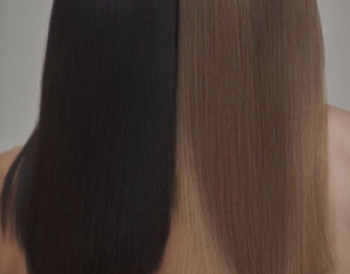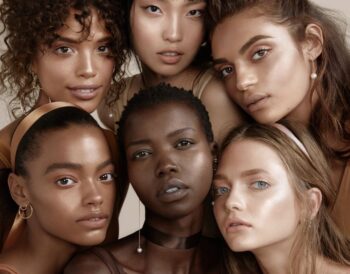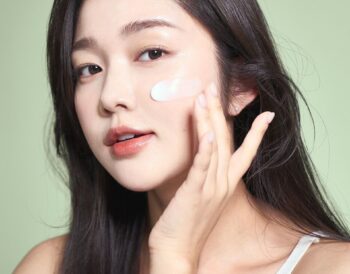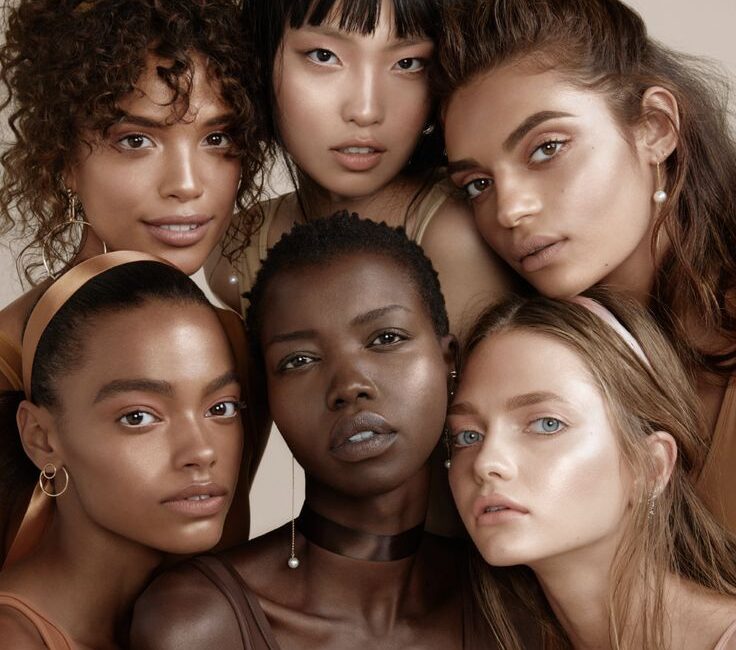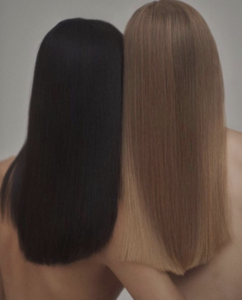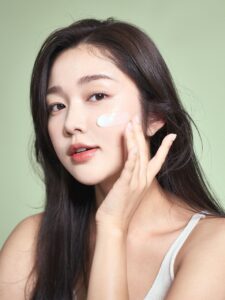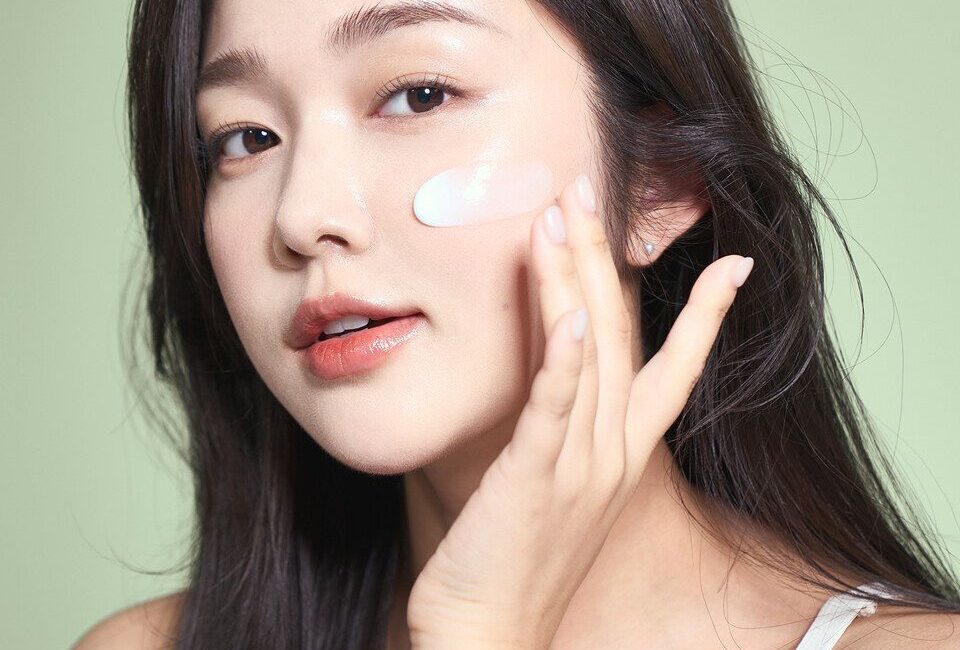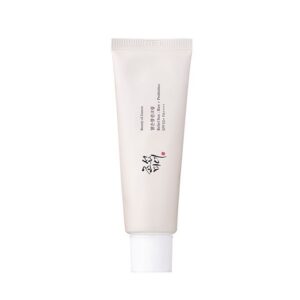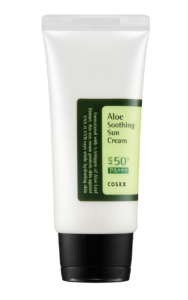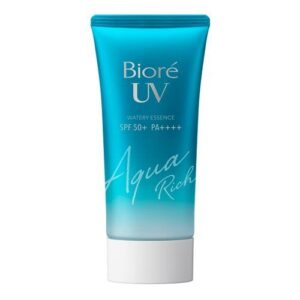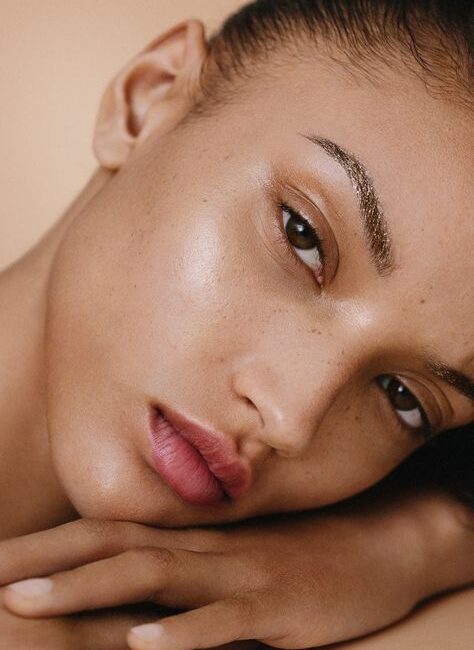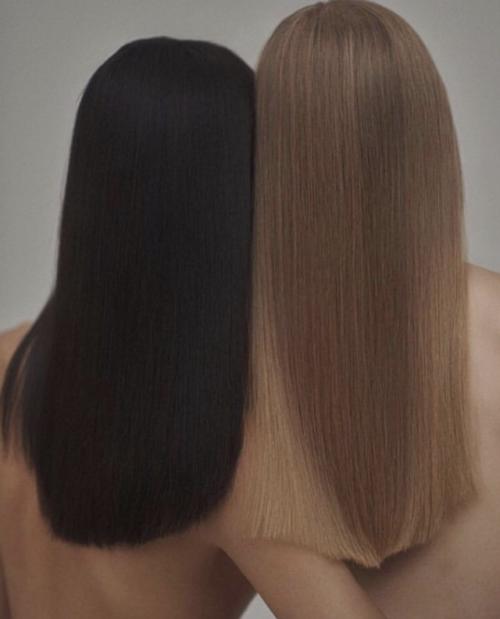


How to find your skin undertone
SKINCARE
How to find your skin undertone
Skin undertones are the subtle hues that are beneath the surface of your skin. Knowing your skin undertone is vital when choosing the right makeup, clothing and jewellery to help compliment your complexion, giving you a healthy glow.
In this article, we will delve into the world of skin undertones - how to determine your skin undertone, and how to enhance your undertones for a more flattering and radiant look.
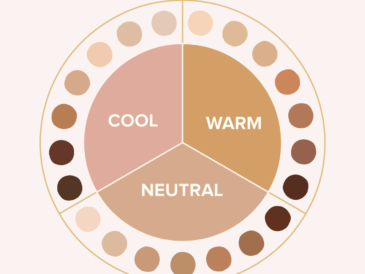
1. The Vein Test
One common method is the vein test. I recommend looking at the veins in and around your face, neck and wrist to truly identify your undertone in natural lighting; if your veins appear to be blue or purple, you most likely have cool undertones, but if your veins appear green, you're likely to have warm undertones.
If it's difficult for you to determine whether they are blue or green, you may have neutral undertones. Which is a mix of both warm and cool, so I opt for matching makeup and clothing to your skin tone itself.
2. The Jewellery Test
Another method is the jewellery test. Put on a piece of gold and silver jewellery, such as a necklace or a ring, and compare which metal is more complimentary to your skin.
You should look out for which metal gives you a healthy glow and evens out your skin, your jawline may even look more lifted and narrower!
If gold looks more flattering, you're likely to have warm undertones. However, if silver looks better, you're likely to have cool undertones. And if both metals suit you, you probably have neutral undertones - Lucky you!
3. Off-White vs Pure White Test
The white vs. off-white test involves comparing how your skin looks against pure white and off-white.
Put on a pure white piece of clothing and then an off-white piece of clothing, or hold a piece of pure/off white cloth next to your face in bright, natural light.
If your skin looks pink or rosy by comparison, you're cool toned. If your face looks more yellow, your undertone is warm. If you can wear both colours without feeling like you look washed out, you may have a neutral undertone!
4. The Sun Exposure Test
Sun exposure can also reveal your undertones. If you tend to tan easily and have a warm, golden hue after exposure to the sun, you most likely have warm undertones.
However, if you burn easily and have a pinkish or reddish hue, you most likely have cool undertones. And if you tan and burn equally, you may have neutral undertones.
Warm Undertones Analysis
Warm undertones are normally associated with natural earth tones such as browns, deep tonal reds, and rich shades of green. Bright colours also make the perfect match. Gold jewellery will also enhance your skin tone better than silver.
For makeup, go for shades of peach, coral, and golden browns for your lips and cheeks.
Cool Undertones Analysis
Cool undertones generally work well with jewel-toned colours such as emerald green, royal purple and sapphire blue.
Also, when it comes to dressing cooler skin tones, it's best to avoid bold and strong colours, such as electric blue or grassy green and oranges or yellows. You may also find that silver and rose gold jewellery complement your skin better than gold.
When it comes to makeup, go for shades of pink, berry, and blue-based reds for your lips and cheeks.
Neutral Undertone Analysis
Neutral tones look great in neutral colours, opt for sticking with shades that fall in the middle of the colour spectrum such as white, beige, and taupe. I also suggest gravitating towards shades of light peach, dusty pinks or peony pink, placid blue and jade or cameo green.
Some colours you may want to avoid are reds, yellows, and anything too bright or vibrant that can be overwhelming will typically wash you out, but if you do decide to wear yellow, try a soft version like cornsilk or buff.
And you may find that both silver and gold jewellery complement your skin equally well, and you can experiment with various colour palettes for makeup and clothing.
Check out related posts!
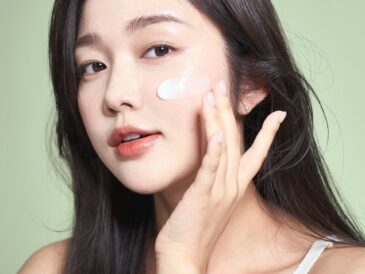
The Top 3 Korean Sunscreens of 2023
BEST PRODUCTS
The Top 3 Korean Sunscreens of 2023
Daily use of SPF 50+ sunscreen can reduce the risk of developing skin cancer, sunburn and premature ageing - including fine lines and wrinkles.
I recommend SPF 50+ sunscreens since it should protect you 50 times as long as your skin would be able to naturally protect itself. However, you should remember that a reapplication every two hours is highly recommended because certain chemicals that are protecting the skin can break down due to long exposures to the sun or the air around us!
1. Beauty of Joseon Sunscreen SPF50+
This is a lightweight and organic, chemical sunscreen. Utilising grain probiotics and rice extracts, it reinforces your skin's natural barrier to protect from future damage and premature ageing. It absorbs into the skin, perfect for people with darker complexions such as myself, and leaves a dewy glow.
It is best suited for many skin types - normal, combination, and dry skin. On the contrary, as a person with sensitive skin it can be an irritant if you have eczema or any type of rash, and you may experience a burning sensation. So I would highly recommend the next one...
2. COSRX Aloe Soothing Sunscreen SPF50+
I'm currently using this sunscreen and I'm so confused as to why I've never bought it sooner! This chemical sunscreen is best suited for all skin types and especially for sensitive skin, since the aloe vera soothes any inflammations.
This is also a non-white-cast sunscreen and also has no ingredients which could clog your pores, also perfect for people with acne-prone skin.
3. Biore UV Aqua Rich Watery Gel SPF50+
This mineral, ultra-waterproof (up to 80 mins) sunscreen is super lightweight and easily absorbant into the skin.
The sunscreen also contains hyaluronic acid and royal jelly to hydrate and brighten the skin, while being a protectant from UV rays. The gel is more runny and contains less alcohol than the sunscreen essence, making it better suited for sensitive skin.
Check out related posts!

3 most common acne triggers: minimising acne
SKINCARE
3 most common acne triggers: minimising acne
Are you dealing with acne? No matter how many skincare products or facials you get, your skin just won’t clear up? Acne is mainly triggered by hormones, genetics and even your lifestyle choices. But, it is a very broad situation, some things may work for others but it wont work for you…but everybody can pick up these habits to at least minimise the flare-ups!
Pillowcase care
The bacteria and excess oils from your skin can transfer onto your pillowcase every night, and over time, these oils and bacteria build up, leading to clogged pores and breakouts.
The most effective way to prevent this is by frequently changing your pillowcase, at least once a week.
It's recommended to change your pillowcase more frequently if you have oily skin as the oil on the pillowcase can worsen the oil production in your skin. It’s also helpful to wash your pillowcases regularly in hot water to kill bacteria and germs.
It's also important to avoid materials like satin or silk cases as they can cause friction while you sleep which can be harsher on your skin. It’s better to use natural and breathable fabrics such as bamboo or cotton cases that can help prevent your skin from developing acne.
Sleeping pattern
Getting enough sleep and maintaining a good quality of sleep is essential for overall health and wellness, including your skin. Lack of sleep or poor sleep can cause a hormonal imbalance, which may trigger acne. In addition, sleep deprivation can cause the skin to age faster, leading to wrinkles, fine lines and other signs of early ageing.
To prevent acne caused by sleep problems, it's crucial to aim for 7-9 hours of (good quality) sleep every night. To help with this, create a comfortable sleep environment. Keeping the room dark, cool, and quiet can help with relaxation and improve sleep.
In addition, invest in pillows, a mattress and a duvet/blankets that suit your needs, some like firm mattresses while others like soft and bouncy mattresses. This tip is entirely up to you!
It’s also important to consider what you do before sleeping. Avoid activities that could stimulate your brain, such as using your phone, browsing the internet, or having daily Netflix marathons. These activities can stimulate the brain into thinking it isn’t time to sleep. Instead, try reading a book or taking a warm bath before going to sleep.
Cleansing
Poor cleansing or not cleansing at all can cause a buildup of dirt, oil, and makeup, leading to clogged pores and acne. Cleansing is an essential step in any skincare routine, as it removes all the impurities that can contribute to acne.
It's important to cleanse your skin twice a day, once in the morning and once at night, using a gentle cleanser that's suitable for your skin type.
If you have oily skin, lean towards a cleanser that contains salicylic acid or benzoyl peroxide to help reduce oil production. If you have dry or sensitive skin, use a gentle, fragrance-free cleanser that won't strip your skin of its natural oils. It's also important to use lukewarm water and gently massage the cleanser into your skin using your fingers in circular motions, avoid using a washcloth or sponge as they can be harsh and cause irritation.
It's also important to note that over-cleansing your skin can also be problematic. It can lead to dryness, flaking, and irritation, which can exacerbate acne. Cleansing your skin twice a day is usually the best for most people, but it's always good to pay attention to your skin and see how it responds to different products and frequencies.
Check out some related posts!


